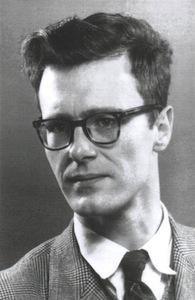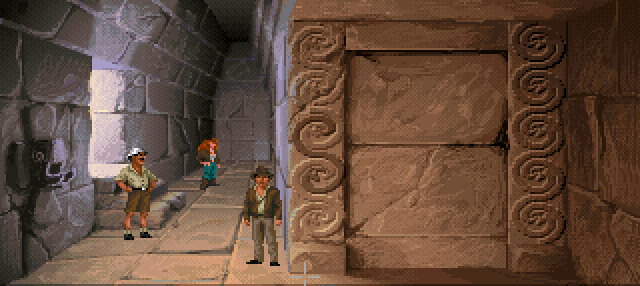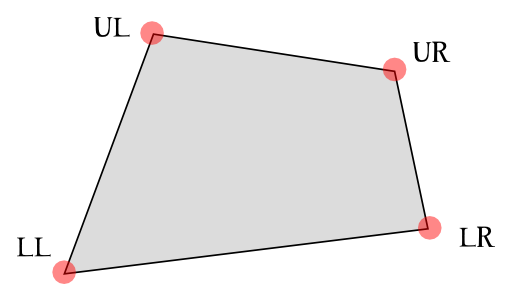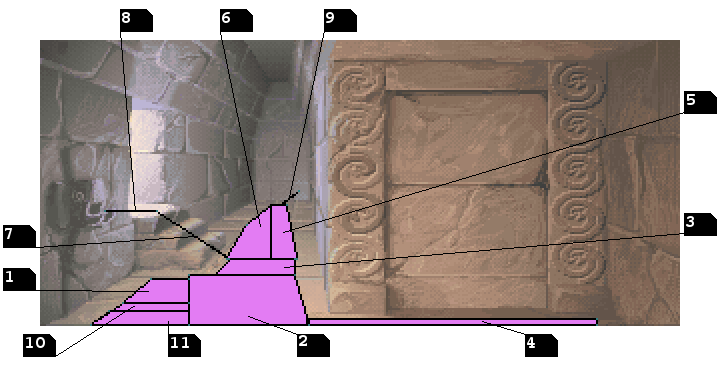
The Dijkstra algorithm is named after its discoverer, the mathematician Edsger Dijkstra and, despite the algorithm was originally designed to solve the shortest path problem (a particular problem in mathematical graph theory), it was later used in videogames.
Dijkstra is also famous for his 1968 well-known article "GOTO statement considered harmful"[3] where he fought against the so called spaghetti code, low quality programs which were difficult to read or modify because of the extreme use of GOTO statement.
 Here we are in Tikal, inside the Maya temple! So let's call the ScummVM debugger with the
Here we are in Tikal, inside the Maya temple! So let's call the ScummVM debugger with the  The 12 rows of text output, one for each of the boxes, show information about their geometry and more. Let's put aside for the moment the row/box number
The 12 rows of text output, one for each of the boxes, show information about their geometry and more. Let's put aside for the moment the row/box number  Each of these pair represents one of the 4 box vertices, expressed in pixels. In order we have the upper left vertex first and then the lower left one and so on with the upper and lower right vertices.
Tracing vertices and lines on the room background image we obtain a visual representation of the walkable area, very useful for our study.
Each of these pair represents one of the 4 box vertices, expressed in pixels. In order we have the upper left vertex first and then the lower left one and so on with the upper and lower right vertices.
Tracing vertices and lines on the room background image we obtain a visual representation of the walkable area, very useful for our study.
 From the image we note indeed an interesting fact: some of these boxes may show up differently than a quadrilateral and solve as a simple segment as it happens for box 7, 8, and 9!
From the image we note indeed an interesting fact: some of these boxes may show up differently than a quadrilateral and solve as a simple segment as it happens for box 7, 8, and 9!
 These values are quite criptical to interpret but fortunately the ScummVM wiki[5][6] comes in handy. From here we read that the matrix has a line for each box, and for each one it lists a triad of values for each adjacent box to the one we are considering.
These values are quite criptical to interpret but fortunately the ScummVM wiki[5][6] comes in handy. From here we read that the matrix has a line for each box, and for each one it lists a triad of values for each adjacent box to the one we are considering.